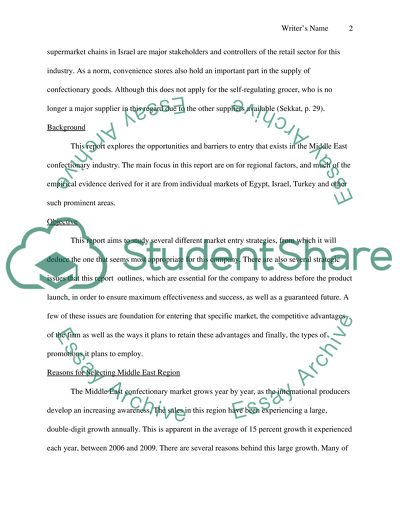Cite this document
(“International marketing Admission/Application Essay”, n.d.)
Retrieved from https://studentshare.org/human-resources/1415638-international-marketing
Retrieved from https://studentshare.org/human-resources/1415638-international-marketing
(International Marketing Admission/Application Essay)
https://studentshare.org/human-resources/1415638-international-marketing.
https://studentshare.org/human-resources/1415638-international-marketing.
“International Marketing Admission/Application Essay”, n.d. https://studentshare.org/human-resources/1415638-international-marketing.


